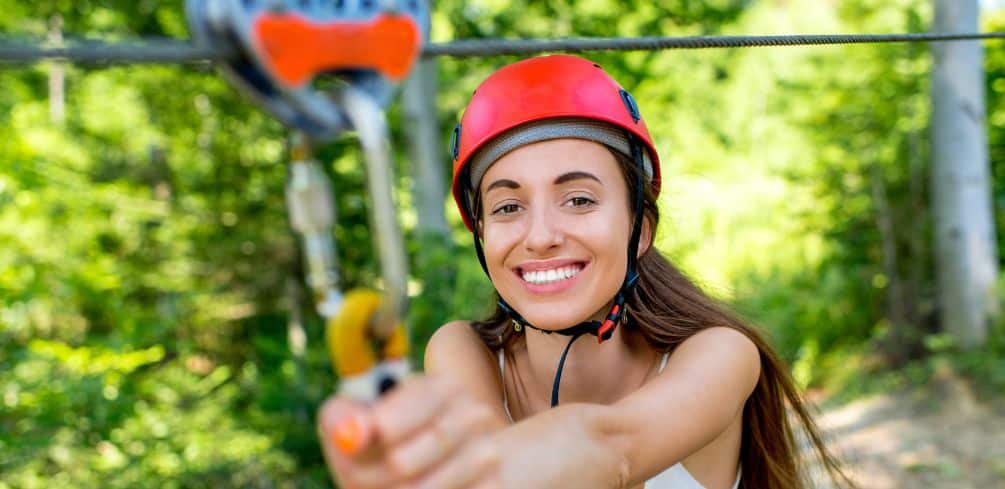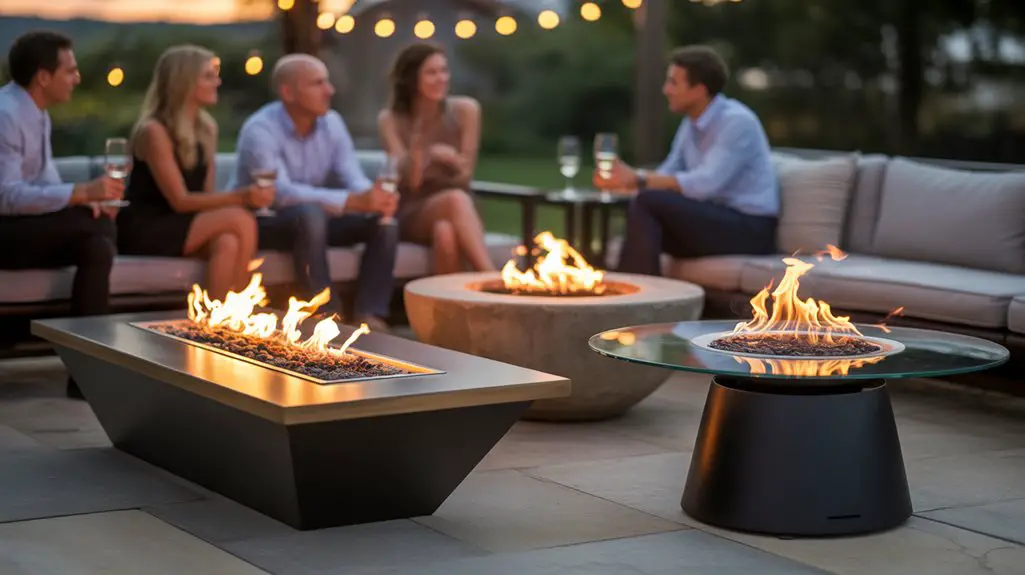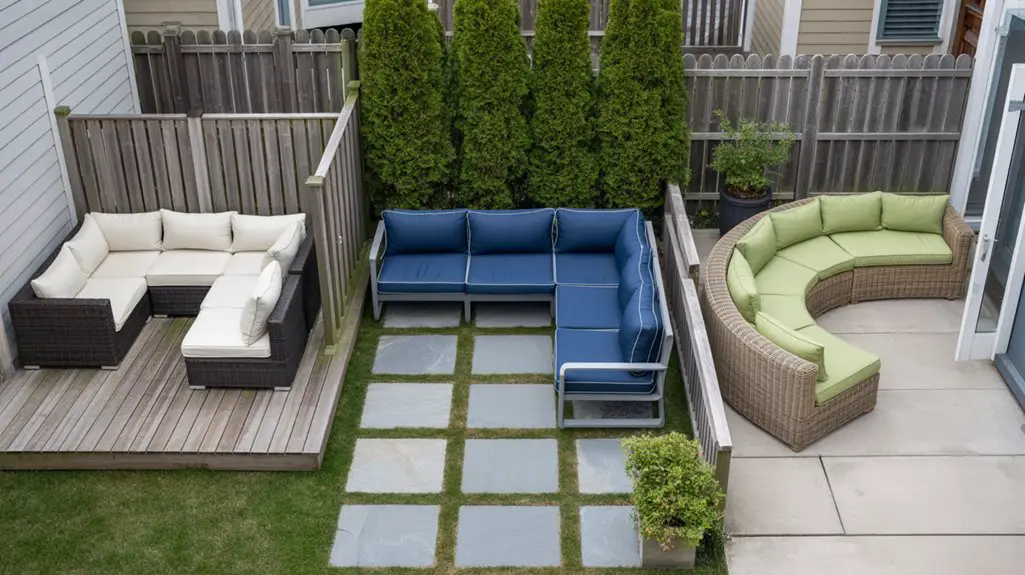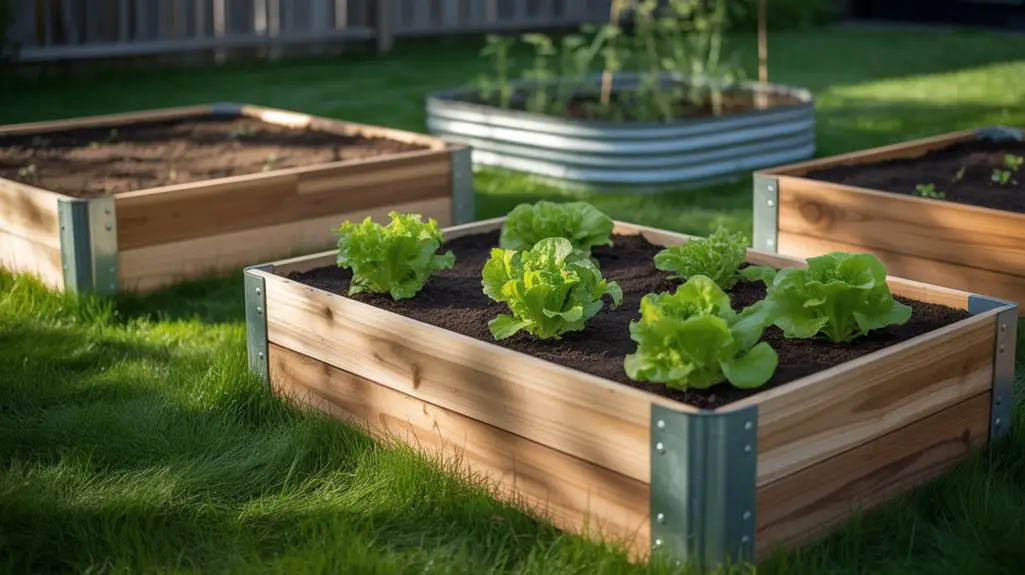Are you looking for ways to spruce up your backyard? Do you want something that’s fun and exciting but also safe?
If so, a backyard zipline is a perfect choice. It can provide hours of entertainment without putting anyone in danger. But what if you don’t have any trees in your yard? Don’t worry – it’s still possible to build an awesome backyard zipline! In this article, we’ll show you how to build a backyard zipline without trees.
We’ll cover everything from the materials you need to the construction process. You’ll be able to make your own thrilling backyard zipline in no time at all, with minimal effort and cost. Plus, we’ll give you some helpful tips on staying safe while having fun on your new zipline. So, if you’re ready for some backyard adventure, read on!
Safety is always important when building a zipline. That’s why we’ve taken extra care to ensure our instructions are thorough and easy to understand. We want everyone who uses this guide to be able to build their own backyard zip-line safely and confidently – no matter what their level of experience is with construction projects.
Backyard Zipline Overview
A zip line is an exhilarating way to experience the thrill of flight without ever leaving your backyard. It’s a guide to creating something that is not only safe but also tree-free. Building a backyard zip line can be done with little more than some basic supplies and a few simple steps.
The first step in constructing a backyard zip line is to carefully plan out the design. This includes selecting the right materials and supplies for the structure, such as cable and pulleys, as well as deciding on where to anchor it securely. It is also important to consider the terrain, wind conditions, and weight capacity while planning.
Creating a tree-free zip line requires some creative problem solving. However, with careful thought and preparation, it can be done! By following the right safety protocols and researching for ideas online or from professionals, you’ll be able to build your own backyard zip line without trees in no time at all.
Preparation of Zipline
Before you get started building your backyard zipline, it’s important to have the right supplies and equipment. First, you need a length of zip line cable that’s rated for your weight and the type of activity you plan on doing. Make sure to get one that is at least 4 times longer than the distance between the points of attachment. You’ll also want to grab some building supplies like screws, nuts, bolts, and washers.
Safety is a must when constructing any kind of zipline – so be sure to pick up a safety helmet, gloves, and a pulley wheel before you get started. The pulley wheel should be able to support at least twice your body weight in order to reduce the risk of injury while riding the line.
Once you’ve got all the necessary supplies and equipment, it’s time to start building. Be sure to read through all instructions carefully before beginning any construction work, and make sure you have someone with experience supervising you throughout the process for added safety.
Collecting Materials
Now that you have researched and prepared, it’s time to start collecting materials for your backyard zip line! The first thing that you need is a length of cable.
This can be anything from a regular-sized rope to an extra heavy-duty cable. You’ll also need two anchor points – one at the starting point and the other at the end.
These anchor points must be sturdy and securely mounted in order for the zip line to be safe. Posts and poles are the best for this.
You’ll also want to get a safety harness for riders, as well as any additional hardware or accessories that may be necessary for your particular setup.
Once you have all of your materials gathered, it’s time to install them! This part of the process is very important and deserves special attention, as even small mistakes can lead to dangerous results.
Make sure that all of your components are securely mounted and properly connected before testing out your zip line. If something feels off or looks unsteady, take it apart and start over again until everything is secure and safe. With proper preparation and careful installation, you should have a fun backyard zipline that will bring years of enjoyment!
Constructing The Zip Line
Constructing a zip line in your backyard without trees can be a fun and rewarding experience. To begin, you will need to gather the necessary components for the zip line setup. The basic components are a trolley, cable, and anchor points.
The trolley is the vehicle that will carry you along the zip line. It needs to be strong enough to support your weight while also providing a comfortable grip on the handles. You should also consider adding padding around the handlebars for extra comfort.
The cable is what will support the trolley as it moves along the zip line. You’ll need to purchase or make a cable that is suitable for your weight and terrain. Make sure to use a thick gauge wire that can withstand tension and wear and tear over time. When installing it, use secure fasteners where possible, and don’t forget to tie off both ends of the cable.
Once you’ve gathered all of your components, it’s time to start building your zip line! Start by measuring out where you want the cable to run, and then set up your anchors at each end with secure fasteners.
Next, attach one end of the wire to an anchor point and thread it through any intermediate points until it reaches its destination. You can attach the cable to a secure part of the house or a very strong pole.
Finally, attach the other end of the wire to its designated anchor and adjust the tension appropriately so that it runs smoothly when you traverse it with your trolley. With these steps complete, you are now ready to enjoy zipping down your very own backyard zipline!
Securing The Zip Line In Place
Now that the zip line is built, it’s time to secure it in place. Securing a zip line without trees can be tricky, but there are a few options available. Here are the steps for securing a backyard zipline without trees:
- Find an adequate anchor point: Depending on the size and weight of the zip line, different anchor points can be used. Look for sturdy posts or poles that can support the weight of the line and riders.
- Attach the zip line securely: Use appropriate hardware, such as snap hooks and carabiners, to attach the zip line to the anchor point. Use heavy-duty hardware if you intend to use heavier weights on your zip line setup.
- Install safety barriers: Install barriers around your anchor points or along the length of your zip line set up to prevent injury if someone falls off or loses their grip while riding. These barriers should be far enough away from the track so that they won’t interfere with normal operations but close enough so that they will offer necessary protection if needed.
By following these three steps, you can ensure that your backyard zipline is safe and secure for all users. With proper installation and safety measures in place, you’ll be able to enjoy your backyard zipline for years to come!
Safety Tips
Safety is paramount when constructing a backyard zipline. Navigating an aerial thrill ride without proper precautions can be hazardous to your health. To ensure a safe and enjoyable experience, following these safety guidelines is essential.
| Safety Guidelines | Protective Gear |
|---|---|
| Risk Assessment | Harness Installation |
| Line Tension | Helmet |
Before embarking on the adventure of a lifetime, it’s advisable to perform a thorough risk assessment of the area in which you plan to build the zipline. Gauge the height and length of the line, as well as its angle of descent, to make sure it meets standards for personal safety.
In addition to these assessments, make sure that all necessary protective gear is present and up to date. A proper harness and helmet are absolutely necessary for ensuring safety while using the zipline.
Additionally, pay attention to line tension so that it isn’t too tight or too loose – find the perfect balance between tension and slack so that you have enough speed but don’t end up going too fast!
Once all preparations have been made, installation of the harness straps should be handled with extreme care. Make sure that each strap is securely fastened around your body before taking off for your ride down the zip line.
Fasten any loose straps or buckles and check every connection point multiple times to ensure your safety during use.
So go ahead and enjoy yourself while keeping these safety tips in mind! With careful preparation, you can set sail on an unforgettable journey through the air in your own backyard!
Frequently Asked Questions
How Long Should My Zip Line Be?
When considering the length of your backyard zip line, there are a few factors to consider. Zipline safety is paramount, as is ensuring that you maximize backyard fun. Knowing how to determine the right zip line length for your particular setup will help ensure both these goals are met.
First and foremost, you’ll need to assess the area for potential obstacles or hazards. This includes trees, power lines, and any other object that could interfere with the path of the zip line or impede its safe use. If any such objects are present in your space, they should be factored into your calculations when determining zip line length.
Once you’ve established a clear path and identified any potential obstacles, it’s time to think about constructing your zip line in accordance with best practices for zip line construction.
Your zip line should have enough tension so that riders feel secure in their travels but not too much tension that it puts undue stress on the materials used for construction.
The ideal distance between posts typically falls somewhere between 15-20 feet per post; however, this may vary depending on the type of equipment used and the terrain surrounding the posts. Taking all these variables into account will help you determine an appropriate length for your backyard zip line.
With careful calculations and an eye toward safety, you can ensure everyone enjoys a thrilling ride on their backyard zipline!
Are There Any Age Restrictions For Zip Lining?
Did you know that zip lining is one of the fastest-growing outdoor activities in the world, with over 70 million participants in 2020? With its thrilling rush, it’s no surprise people are so eager to give it a try. But before you do, it’s important to understand the age restrictions for zip lining and how they affect backyard zip lines, especially when built without trees.
Safety is always the number one priority when it comes to zip-lining. To ensure everyone stays safe, most venues will enforce age restrictions for their visitors.
For example, some may require all participants to be above seven years old with parental consent, while other venues may put an upper age limit on their ziplining experience. It’s essential to check your local regulations before building any backyard zip line, tree-free or otherwise.
Apart from age restrictions, there are also specific safety measures that should be taken into account when constructing a tree-free backyard zip line. Firstly, you’ll need to make sure your ride is stable and secure by using durable anchor points such as steel posts or sandbags.
Secondly, don’t forget about the quality of materials used for the line itself; always use robust cables and pulleys that meet industry standards. Lastly, if possible, have an experienced instructor oversee each ride for additional safety precautions.
Zip lining can be an exciting activity for both kids and adults alike – just make sure you follow these guidelines before getting started! By understanding age limits and abiding by proper safety protocols, you can enjoy a tree-free backyard zip line safely and responsibly.
What Type Of Cable Should I Use For The Zip Line?
When it comes to building a zip line, the type of cable you use is one of the most important details. Depending on the size and weight of the riders, you’ll want to make sure that your zip line cable is strong enough and made of materials that will last.
There are several different types of cables available for zip lining, and it’s important to choose one that fits your needs.
When considering which type of cable to use for your zip line, there are a few important factors to consider. First, the strength of your zip line wire should be able to support the weight of whatever is riding on it. Second, be sure that the material used in making the cable can stand up to weather elements such as rain or snow.
Lastly, check out the safety ratings for any cable you’re considering using; this will ensure that all riders are protected from injury or harm while using your zip line.
Ultimately, when choosing a cable for your zip line, it’s essential to think about what kind of environment it will be used in and who will be using it. If you take all these considerations into account, you can find a suitable zip line cable that meets both your needs and the safety requirements necessary for an enjoyable experience.
How Do I Ensure The Zip Line Is Secure?
When building a backyard zip line, it’s important to ensure the zip line is secure and safe. While you may not have trees in your backyard, there are still ways to install a zip line securely so you can enjoy it for years to come. Here are some tips for making sure that your zip line installation is done safely.
First, when it comes to zip line security, there are two main considerations: the cable and the anchor points. The type of cable used can make all the difference in having a secure zip line.
Look for galvanized high-tensile steel cables, as they provide greater strength than other materials. The anchors should also be rated appropriately for the weight of the rider and be securely attached to the ground with heavy-duty lag bolts or screws.
Lastly, it’s also important to consider safety when installing a backyard zip line. Make sure that the cable is taut and free of any knots or sharp edges which could cause injury while riding on the zip line.
Additionally, use thick gloves and eye protection while working on the installation of your backyard zipline so you can do it safely without risking any cuts or scrapes.
By making sure you use quality materials and take safety precautions when installing your backyard zipline, you can rest assured knowing that your zipline will be secure and safe for years to come!
What Type Of Terrain Is Best For Constructing A Zip Line?
When it comes to constructing a zip line, the type of terrain can be a deciding factor in terms of safety and ease of use. Rocky terrain or uneven ground can make it difficult and hazardous to install the necessary equipment, while flat surfaces are ideal for a secure setup. Similarly, sloped land and hilly areas can also provide an exciting experience for those looking for an adrenaline rush.
When building a zip line on sloped land or in a hilly area, it is important to take into account any potential obstacles that could interfere with the safe operation of the zip line. This includes considering any trees or other large objects that could obstruct the path of the zip line.
Additionally, making sure that there is enough open space between objects to prevent people from hitting them as they travel down the zip line should be taken into account as well.
Finally, taking into consideration all potential hazards during installation is key to ensuring that everyone has a safe and enjoyable experience when using the zip line. By choosing the right type of terrain and making sure all safety measures are followed, you can ensure that your backyard zipline will provide years of excitement without any risk.
Conclusion
In conclusion, I have given you the information you need to construct a safe and enjoyable backyard zip line. Now that you have the tools and know-how, it’s time for all the adventure seekers out there to put their new DIY skills to the test!
Before you get started on your backyard zip line, remember that safety is paramount. Make sure your cable is strong enough for your weight and age restrictions, secure it firmly in place, and choose terrain that won’t be too bumpy or difficult to navigate. This way, you can enjoy zipping around with peace of mind.
My hope is that this article has inspired you to create your backyard zip line so that you can experience the thrill of soaring through the air, just like a modern-day Peter Pan! So what are you waiting for? Grab some friends and start building!
Please be careful and use at your own risk
None of the authors, contributors, administrators, or anyone else connected with BestPlaygroundSets, in any way whatsoever, can be responsible for your use of the information contained in or linked from these web pages.




